
Incredible pictures show barn owl fighting off hungry kestrel to snatch vole Daily Mail Online
When the species of owl has a flat, dish-shaped face, their faces act as a sounding board where the sound that they hear bounces off and goes straight in their ear giving them the exact location of the sound. In this case, the prey. Save Asymmetrical Ear Openings Some owls have asymmetrical ear openings and have hearing receptors in their brains.
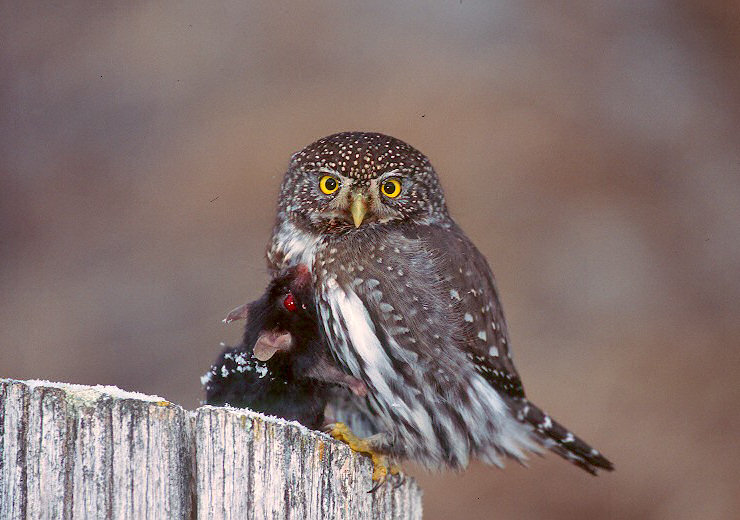
Northern Pygmy Owl with prey by Jared Hobbs
0:00 / 17:10 15 Merciless Moments of Owls Hunting Brutally The Brilliant 306K subscribers Subscribe Subscribed 689 97K views 10 months ago Owls may not be as terrifying as eagles to other.
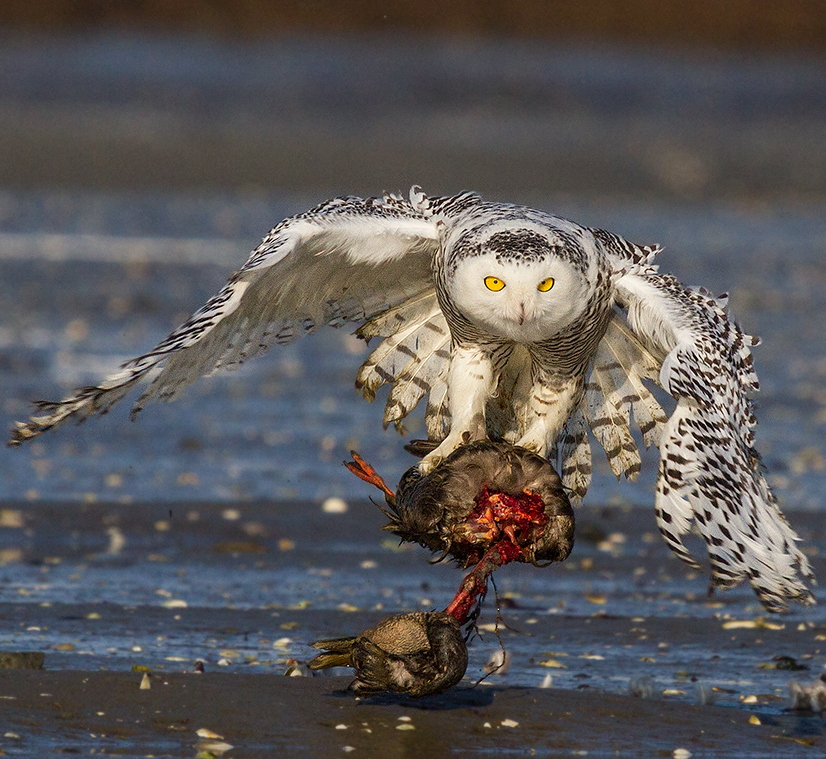
BARRY the BIRDER Do Snowy Owls catch fish?
TALONS: Owl feet have sharp talons that assist with catching prey. Great horned owl talons have a gripping force of 28 pounds. They can carry prey many times heavier than themselves. Owls will catch prey as large as ospreys, falcons, and other owls. They also eat small mammals such as rodents, rabbits, and bats and will eat snakes and frogs too!

Northern Sawwhet Owl (Aegolius acadicus) catching a Deer Mouse (Ohio) WildNaturePhotos, LLC
Food and Hunting Food Owls are Birds of Prey, which means that they must kill other animals to survive. Their diet includes invertebrates (such as insects, spiders, earthworms, snails and crabs), fish, reptiles, amphibians, birds and small mammals. The main food largely depends on the species of Owl.
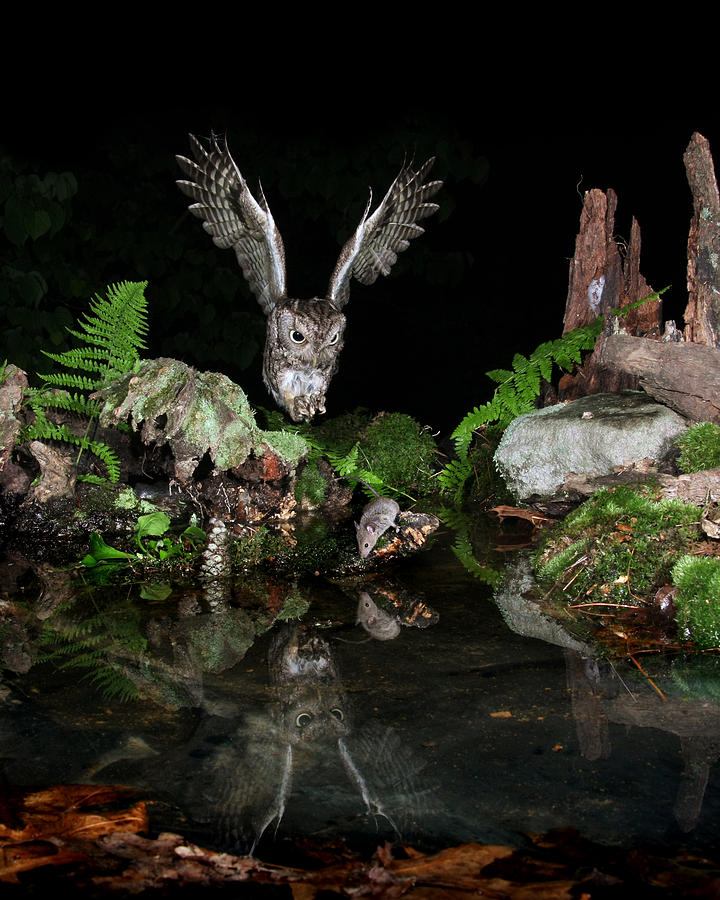
An Eastern Screech Owl Catching Prey. Photograph by Kevin Shank Family
Unlike many other birds that use brute force to catch their prey, owls have developed a range of techniques that allow them to hunt with precision and stealth. From perching on tree branches to silently swooping down on unsuspecting prey, each type of owl has its own unique way of catching its dinner. Adaptations for Nocturnal Life
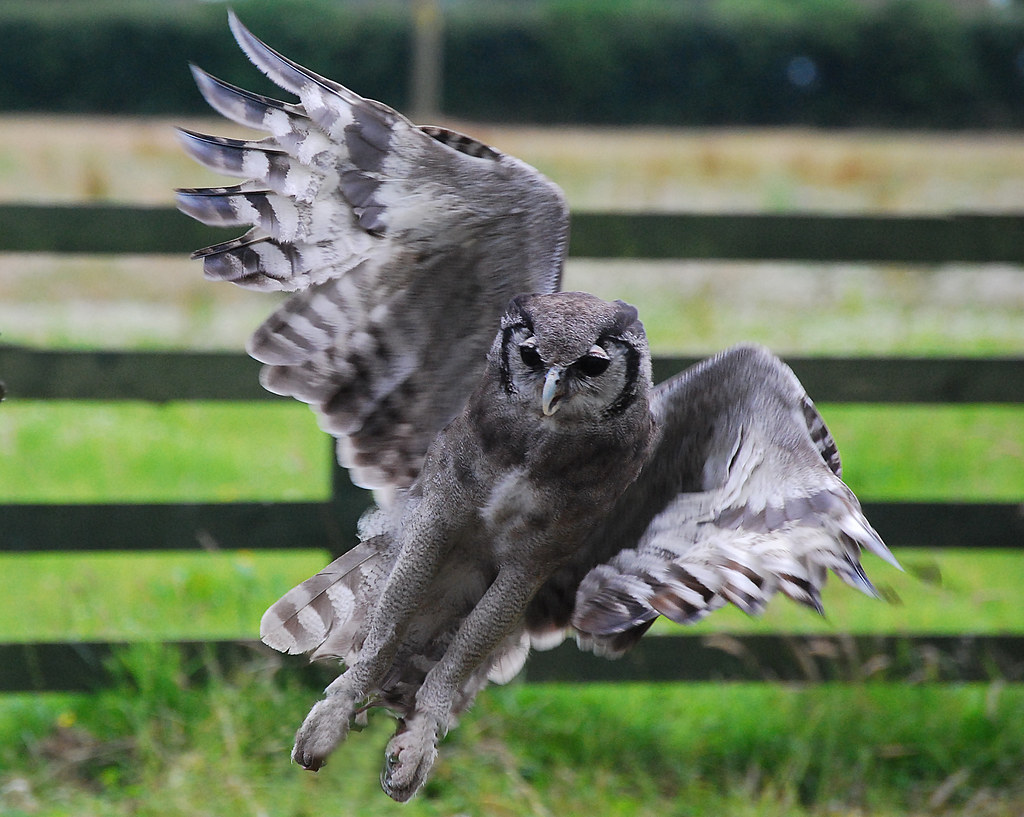
Owl Catching Prey Martin Davies Flickr
Date: October 18, 2023 Time to read: 7 min. Owls often stir our curiosity with their silent flights and mesmerizing eyes. These fascinating nocturnal predators have perfected the art of hunting in ways that leave us in awe. In this article, we'll discuss the world of owls and explore how they go about catching their prey.
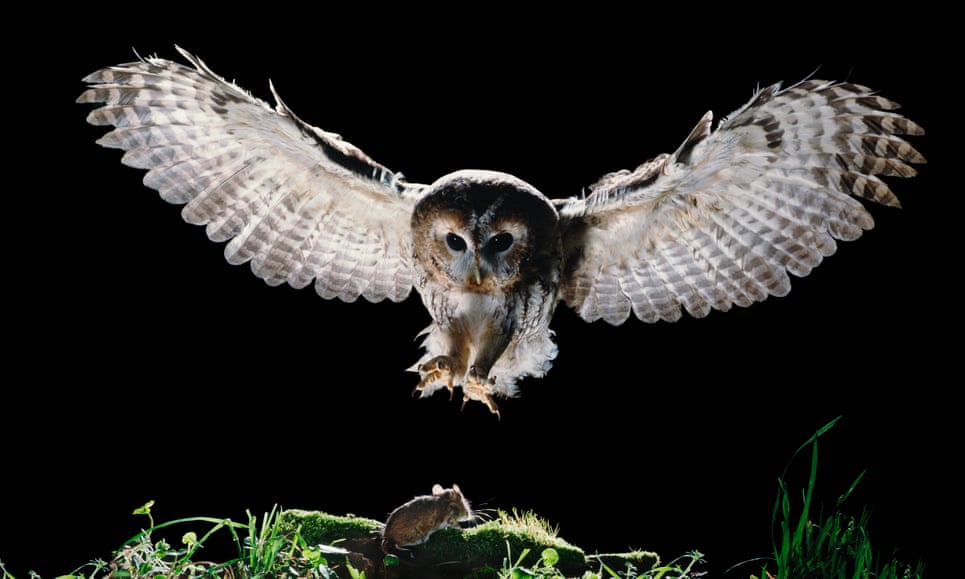
Owls use 'stealth technology' to help capture prey Focusing on Wildlife
The sound-dampening structures didn't evolve by chance. Silent flight is clearly crucial for many owls' survival, and two long-held hypotheses attempt to explain this ability. The "stealthy hunting hypothesis" holds that owls fly inaudibly so that prey can't hear them coming and have less time to escape. On the flip side, the "prey detection.

Stunning images from the British Wildlife Photography Awards show the beauty of British wildlife
Dr. Konishi's current address: Division of Biology, MC 156-29, California Institute of Technology, Pasadena, CA 91125; konishim at caltech dot edu. Ad Right Payne and Drury (1958) were the first to demonstrate the ability of the barn owl ( Tyto alba) to locate mice acoustically in total darkness.
/arc-anglerfish-arc2-prod-shropshirestar-mna.s3.amazonaws.com/public/OFTL3YAYMZBNRIUIDV3LKCOHKE)
Snapshot of owl focused on its prey captured by Star reader Shropshire Star
0:00 / 3:20 Great Horned Owl on the Hunt | Nat Geo Wild Nat Geo WILD 5.11M subscribers 2.2M views 4 years ago #Owls #Birds #NatGeoWILD A Great Horned Owl syncs its ears and eyes to unleash.

A Barred Owl with prey. By Tony Rawson via Birdshare Birds, Barred owl, Bird watchers
Silent Snowy Owl Attack | Alaska's Deadliest Nat Geo WILD 5.06M subscribers Subscribe Subscribed 1M views 5 years ago A snowy owl, hunts in utter silence and her unsuspecting prey will never.
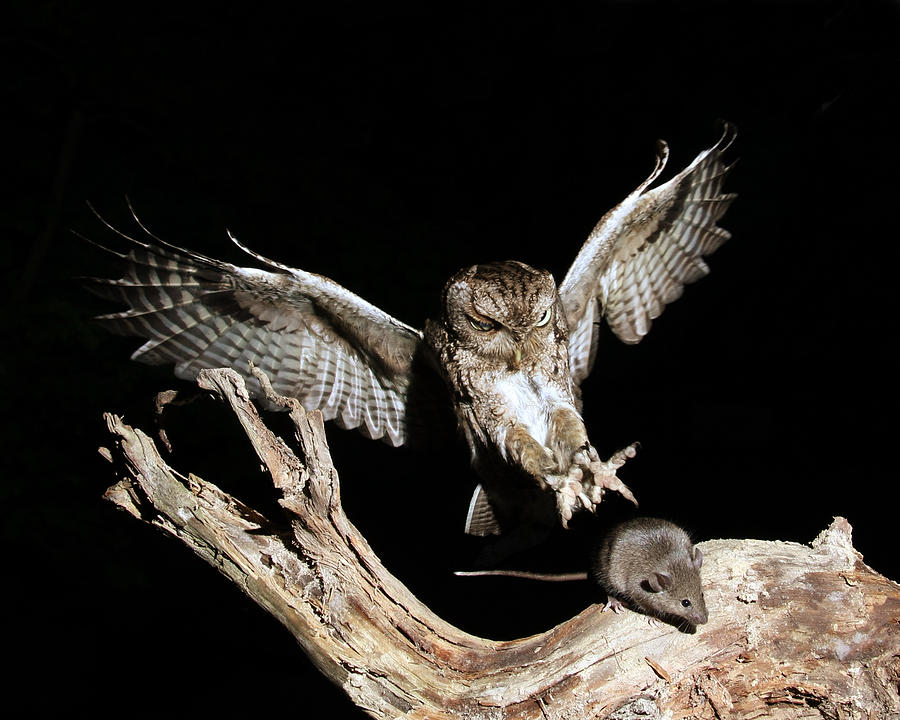
Eastern Screech Owl Catching Prey Photograph by Kevin Shank Family
Owls that catch fish may skim over water, snatching fish on the fly (Pel's Fishing Owl) or, the may perch at the water's edge, grabbing any fish or crayfish that surfaces nearby (Blakiston's Fish Owl). Other species may wade into the water to chase fish, water snakes, crayfish or frogs. A Barred Owl with Eastern Chipmunk prey.
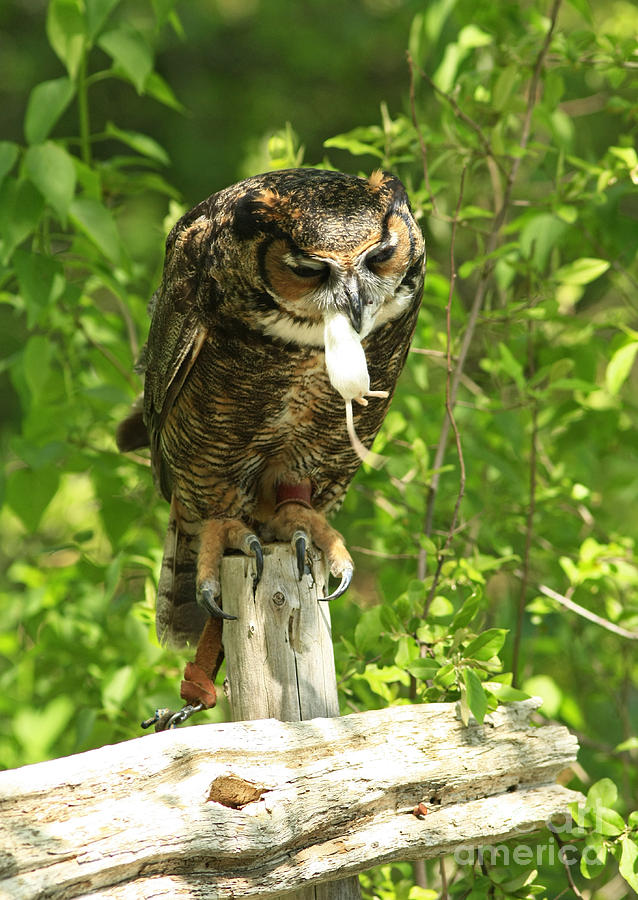
Catch of the Day Great Horned Owl Captures Prey Photograph by Inspired Nature Photography Fine
Barn Owls have remarkably long legs, toes and talons. This helps them to catch prey at the base of deep vegetation. The talons are extremely sharp and prey is thought to be killed by foot clenching rather than a peck. Camouflage. When viewed from above Barn Owls are quite well camouflaged.
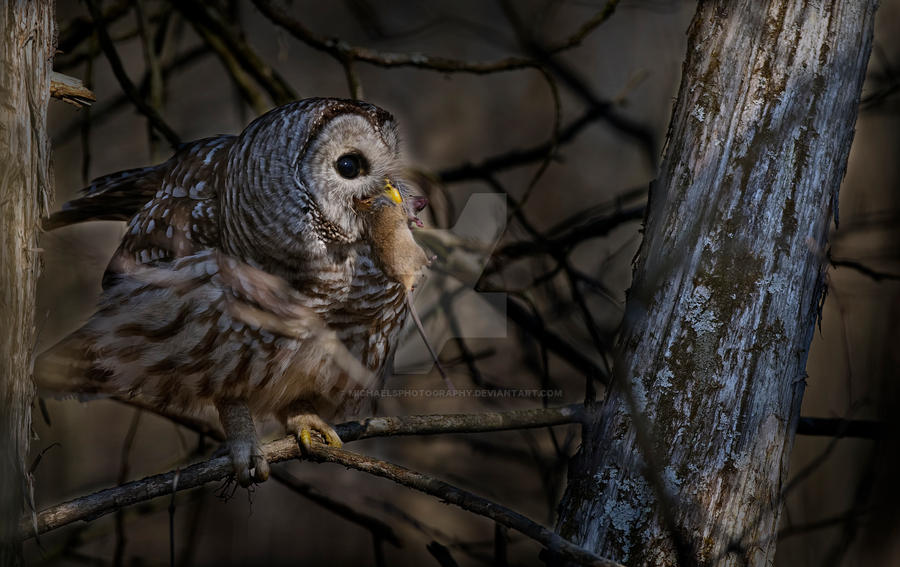
Barred Owl with Prey by MichaelsPhotography on DeviantArt
Barred Owl Hunting a Chipmunk - Epic Pursuit in Daylight (Graphic) 612,140 views As warmer spring weather melts the snow in Canada, an eastern chipmunk (Tamias striatus) ventures out of.

Owl Ambush
By Carolyn Wilke Published November 22, 2022 • 5 min read Great gray owls can find and capture voles hidden beneath almost two feet of snow, punching through hardened crusts with their legs to.

Barn Owl Tyto alba, adult in flight with talons extended to catch prey, Lake Corpus Christi
Owl legs, surprisingly long and thin, are often hidden under feathers for insulation. These legs feature light-colored, textured skin and razor-sharp talons, essential for catching prey and secure perching. Their unique structure enhances flexibility and maneuverability. The visible joint on an owl's leg, mistaken as a knee, is actually the.
Snowy owl catches his prey r/natureismetal
The ability to catch and hold onto prey is one of the primary functions of owls' long legs. Their sharp and powerful talons allow them to tightly grasp prey and prevent it from escaping. The owl's long legs also provide the leverage and strength required to hold onto prey while the beak tears off chunks of meat.